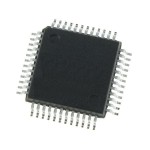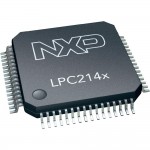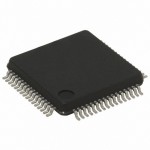ARM Processor
An ARM processor is one of a family of CPUs based on the RISC (reduced instruction set computer) architecture developed by Advanced RISC Machines (ARM).ARM processors are extensively used in consumer electronic devices such as smartphones, tablets, multimedia players and other mobile devices, such as wearable. Because of their reduced instruction set, they require fewer transistors, which enables a smaller die size for the integrated circuitry (IC). The ARM processor’s smaller size, reduced complexity and lower power consumption makes them suitable for increasingly miniaturized devices.
ARM processor features include:
- Load/store architecture.
- An orthogonal instruction set.
- Mostly single-cycle execution.
- Enhanced power-saving design.
- 64 and 32-bit execution states for scalable high performance.
- Hardware virtualization support.
The simplified design of ARM processors enables more efficient multi-core processing and easier coding for developers. While they don't have the same raw compute throughput as the products of x86 market leader Intel, ARM processors sometimes exceed the performance of Intel processors for applications that exist on both architectures.
APM32F103CBT6 SMD IC, ARM Cortex-M3, 32bit
Geehy APM32F103CBT6 ARM Cortex-M3 SMD ICAPM32F103CBT6 SMD IC, ARM Cortex-M3, 72 MHz, 128KB Flash, 20..
Rs.141.60 (inc GST)
Rs.120.00 + GST
SKU: 7074 | DAF628
Stock: 15
LPC2148 32 bit Microcontroller
LPC2148 32 bit MicrocontrollerNXP LPC2148 Microcontroller with 512KB Flash, 32KB RAM, and USB 2.0 su..
Rs.2,053.20 (inc GST)
Rs.1,740.00 + GST
SKU: 439 | DAB687
Stock: 1
STM32F103R8T6 32-bit ARM Cortex M3 Microcontroller
STM32F103R8T6 32-bit ARM Cortex M3 Microcontroller STM32F103R8T6 Microcontroller with ARM Cortex-M3,..
Rs.330.40 (inc GST)
Rs.280.00 + GST





